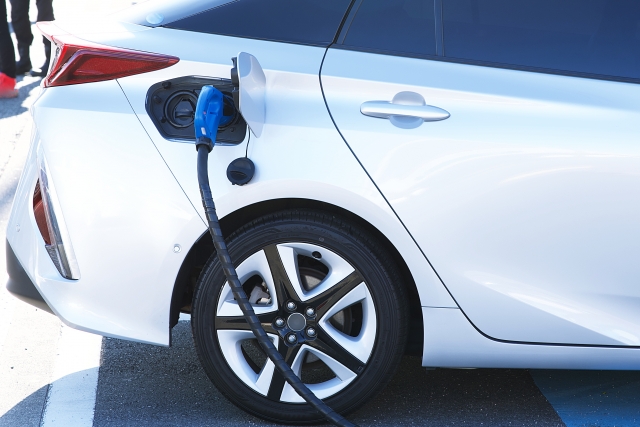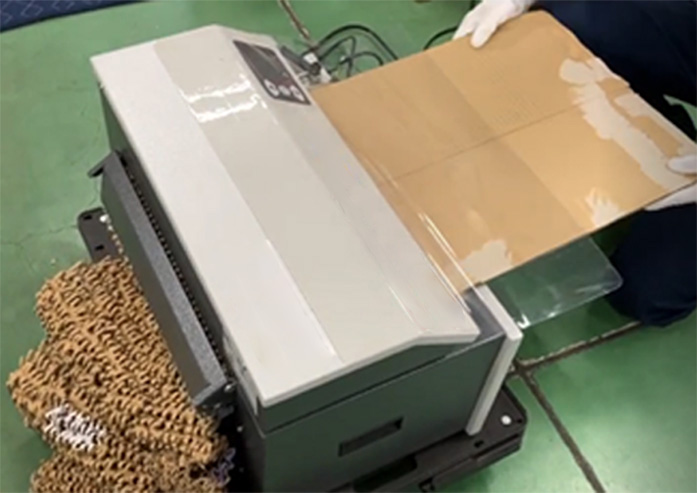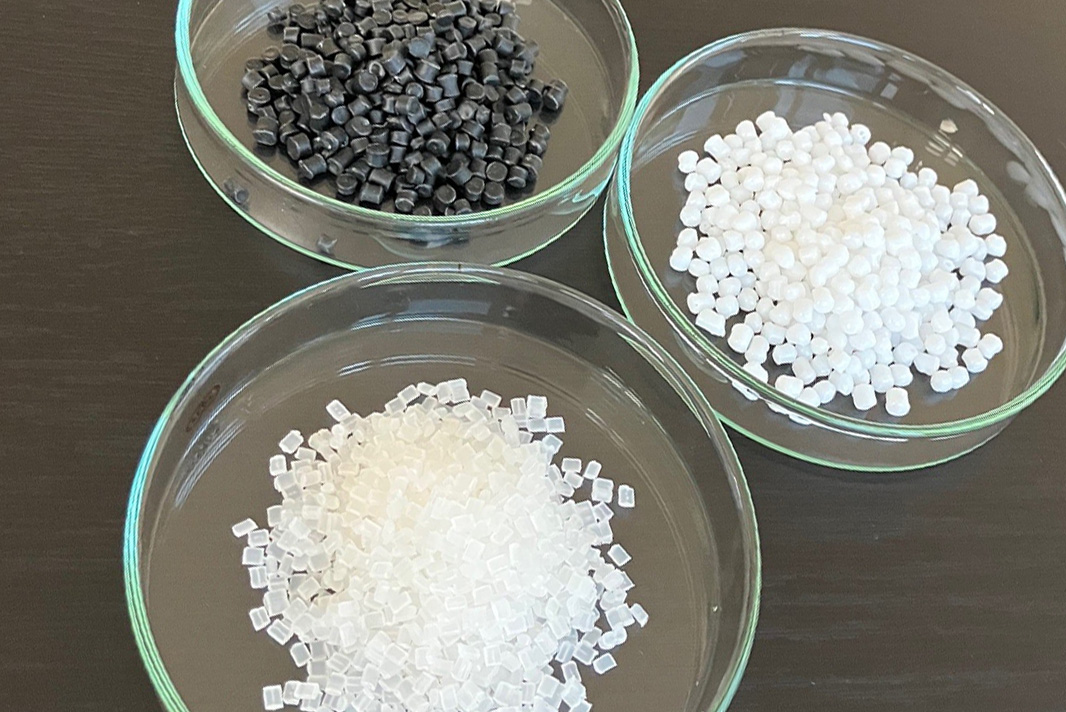Environmental Initiatives
Reasessment of business vehicles
Direct emissions (Scope 1) account for only a small proportion of CO₂ emissions from our business activities. The main factor is the use of business vehicles powered by fossil fuels. Specifically, this includes passenger cars used in sales activities and forklifts and trucks used at production sites.
We will prioritize the use of vehicles that reduce environmental impact in these operations.
We aim to reduce the use of work vehicles themselves by accelerating our own DX (RX: Roki Transformation) through the active use of ICT and IoT technologies, including remote work for employees and remote meetings for customers.

Reusing cardboard
Corrugated cardboard is used not only in our business activities, but also in the packaging of general purchases and deliveries from our suppliers, and a large amount of it is generated every day. Some of this used cardboard is reused as returnable boxes, but most of it was disposed of as recyclable waste.
In addition, plastic cushioning materials are used to protect products during shipment, and large products use a large amount of plastic cushioning materials.
With the understanding of our customers, we have been cutting up used corrugated cardboard to replace conventional plastic cushioning materials. This has led to a reduction in waste as well as in the use of plastic products.
We will continue our efforts to reduce waste while focusing on product weight reduction, label-less products, and the development of environmentally friendly products.

Plastic waste reduction and recycling activities
Our filter cartridges are manufactured primarily from plastic. Although we have been continuously working to reduce plastic waste, such as scrap materials generated in the manufacturing process, it is difficult to completely eliminate waste. In the past, plastic waste that was unavoidably generated was treated by thermal recycling (*1), but this method emitted CO₂ when incinerated.
Therefore, we are switching to material recycling (*2), which emits less CO₂ and is more environmentally friendly than thermal recycling. In making the switch, we overcame issues such as “waste separation methods” and “waste transportation costs” to achieve efficient recycling. Materials recycled through material recycling are transformed into amenity products, automotive parts, and other products.
In the spirit of “ATTARAMONDA (Mottainai),” we will continue to engage in recycling activities and waste reduction, as well as strive to further reduce our environmental impact through the use of environmentally friendly plastics.
*1 Thermal recycling: A recycling method that recovers and reuses the energy generated during incineration.
*2 Material recycling: Recycling method in which waste materials are recycled to make new products
